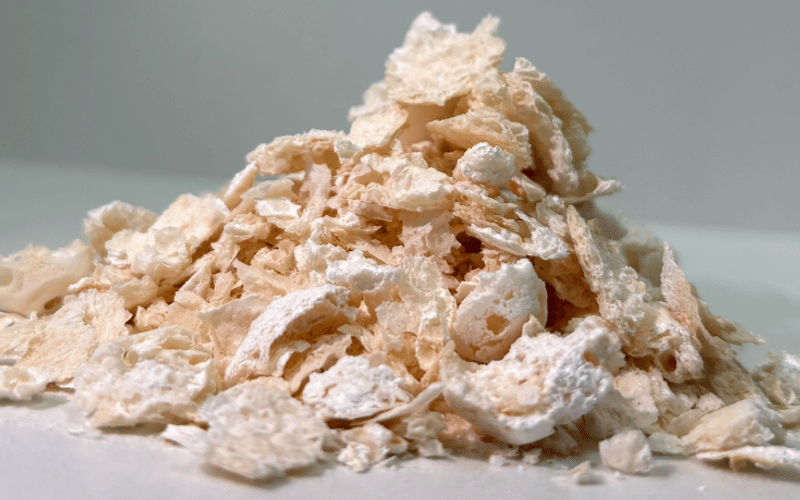Kobe University achieves breakthrough in biodegradable PET alternative
PDCA is biodegradable, and materials incorporating this show physical properties comparable to or even surpassing those of PET, which is widely used in containers and textiles.
08 Sep 2025 | By WhatPackaging? Team
A research team at Kobe University has reported progress in producing a biodegradable plastic alternative. The team engineered Escherichia coli (E. coli) bacteria to synthesise pyridinedicarboxylic acid (PDCA) from glucose at levels more than seven times higher than previously recorded. The study was published in the journal Metabolic Engineering.
PDCA is biodegradable, and materials made from it have properties comparable to polyethylene terephthalate (PET), which is widely used in containers and textiles.
A Kobe University group now published that they achieved the production of PDCA — which is biodegradable and materials incorporating this show physical properties comparable to or even surpassing those of PET in bioreactors at concentrations more than seven-fold higher than previously reported. The durability of plastics is both the reason why they have become so wide-spread and why they pose environmental problems. In addition, they are mainly sourced from petroleum, making them non-renewable and contingent on geopolitics. Research groups worldwide work on both biodegradable and bio-sourced alternatives, but there often are issues with yield, purity, and associated production cost.
Kobe University bioengineer Tsutomu Tanaka says, “Most biomass-based production strategies focus on molecules consisting of carbon, oxygen and hydrogen. However, there are highly promising compounds for high-performance plastics that include other elements such as nitrogen, but there are no efficient bioproduction strategies. And purely chemical reactions inevitably generate unwanted byproducts.”
PDCA is biodegradable, and materials incorporating this show physical properties comparable to or even surpassing those of PET, which is widely used in containers and textiles. “Our group approached the challenge from a new angle: We aimed to harness cellular metabolism to assimilate nitrogen and build the compound from start to finish,” says Tanaka.
The research was supported by the Japan Society for the Promotion of Science and the Japan Science and Technology Agency.


